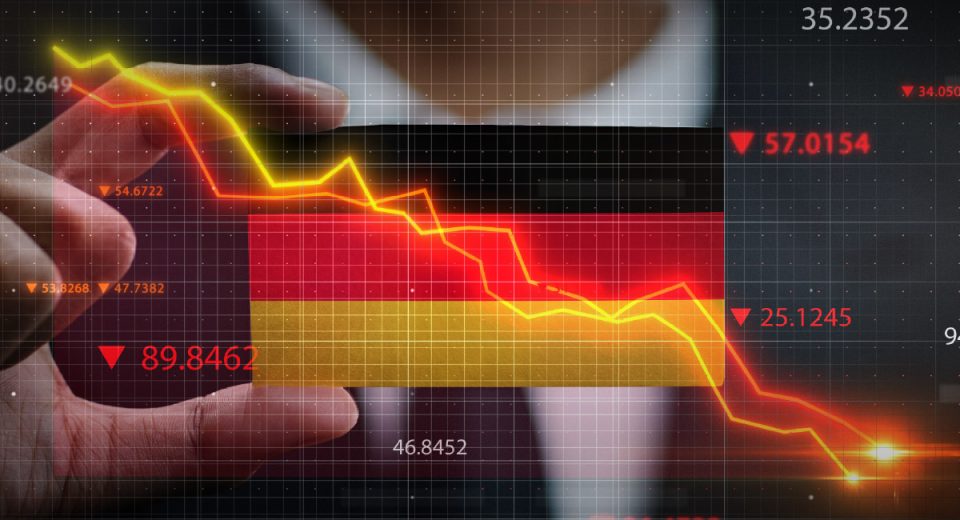US Threatens Sanctions on Russia: Impact on Oil Prices

In July 2025, self-proclaimed peacemaker and the second-time US President, Donald Trump, threatened to slap fresh sanctions on Moscow if Putin did not reach a peace treaty with Zelenskyy within about 7 weeks. Within a few days of issuing this “deadline,” the White House decided to shrink the timeline and threatened importers of Russian oil with tariffs. Let’s decode how sanctions and trade threats might impact oil price and how you can refine your trading strategy.
A Background on the State of Oil Market
According to the US Energy Information Administration (EIA), Russia accounts for 11% of the total global oil exports, and is the second largest oil exporter after Saudi Arabia. Against a backdrop where the US is drilling more, curbing Russian export capacity could be a move to grab a larger market share.
Russia has weathered western sanctions by exporting oil to rapidly developing nations, such as India and China, which together import nearly 85% of the country’s exports. Plus, Moscow’s friendship with Beijing, Pyongyang and Tehran have supported the Russian war efforts. The Russian economy is expected to grow by 1.5% (faster than the US) in 2025.
Given that US-Russia trade declined to about 10% in 2025, compared to the pre-Ukraine invasion levels, the US is using “other” economic measures to stall the Russian economy. Since America’s relations with China remain tense, exports to the Red Dragon seem far-fetched. So, is Trump threatening the largest Russian oil buyers with tariffs, hoping they’d start buying more from the US?
The primary target has now moved to a rapidly emerging economy, India, which has grown to become the world’s fourth-largest economy. Next in line is the EU, which went through an energy crisis after the US sanctions in 2022 and has barely come out of it. In June 2025, Hungary, Belgium, France, Slovakia and the Netherlands were the top 5 buyers of Russian fossil fuels. While more sanctions and threats to importers of Russian oil could be an attempt to stifle the country’s economy, they will surely impact the global oil markets.
Impact of US Sanctions on Crude Oil Prices
Oil prices may remain volatile as the risk to supply chains persists. The EIA had forecasted Brent crude to trade around $69 per barrel in the near term. Despite the risk premium, oil prices may remain under pressure. While importers of Russian oil do not seem ready to budge, the US may end up spoiling trade relations with more nations. In the meantime, inventories have been filled. Plus, the OPEC+ has decided to scale production up 547,000 barrels per day, starting September 2025, which may further exert downward pressure on oil prices.
Given this increase in supply, US producers plan to slow down drilling. This could lead oil production in the country to decline from an all-time high of 13.4 million barrels per day to 13.3 million barrels per day. Notably, neither the OPEC nor the US administration are likely to intervene unless crude prices decline below $50 per barrel, which is what the White House favours.
Trading Oil During Market Uncertainty
Here are a few tips to strengthen your oil trading strategy:
Inventory Updates
Keep an eye on weekly inventory reports. These can offer insight into demand, indicating whether oil prices are likely to rise or decline. When inventories fall below expected levels, oil prices usually surge, and traders take it as a signal to go long. However, full inventories indicate low demand, creating downward price pressure. This is considered a time to go short.
Middle East Tensions
Stay updated on the tensions in the Middle East and the US-Iran conflict since they can impact the supply chain through the Red Sea. If Iran blocks the Red Sea passage for oil tankers, supply chain risks may trigger panic buying, supporting oil prices. This is when traders typically open long positions.
Trading via CFDs
Oil trading via contracts for difference (CFDs) offers the advantage of exploring opportunities in both rising and falling markets. These derivative instruments allow you to speculate on the direction and extent of price movement rather than the price itself. Another benefit is that CFDs can be traded on margin, So, when you see an increase in opportunities, you can use leverage to amplify your exposure. However, higher exposure magnifies potential gains and losses. Heightened profit and loss capacity requires robust risk management controls, such as stop loss and take profit orders. Plus, hedging your portfolio with uncorrelated assets gives you the necessary cushion to navigate market uncertainties.
Use Technical Analysis
In a market full of noise, relying only on fundamental analysis alone can be insufficient. Employ technical indicators to identify entry and exit points. Here are a few examples:
- Use Bollinger Bands to identify potential breakouts or breakdowns in oil prices to time your entry.
- Use the Average Directional Index to determine the strength or weakness of a trend to place stops and time your exit.
- Employ Moving Average Crossovers to confirm trends before entry and spot reversals as the MA begins to flatten.
While trading with technical indicators, it is important to keep in mind that these may generate false signals. This is why experienced traders use a combination of indicators to confirm signals and take positions accordingly. You can also use a demo account to backtest your strategy before entering the live markets.
To Sum Up
- The US has been threatening to impose sanctions on Russian oil importers.
- While the risk premium rises, the OPEC+ supply may limit gains for the US.
- Traders must stay updated on news regarding inventories and the Middle East tensions to make informed oil trading decisions.
- Including technical indicators in your oil trading strategy can help you time your entries and exits better.
- Oil trading with CFDs can help you explore opportunities in rising and falling markets. However, caution is recommended while trading with leverage.
Disclaimer:
All data, information and materials are published and provided “as is” solely for informational purposes only, and is not intended nor should be considered, in any way, as investment advice, recommendations, and/or suggestions for performing any actions with financial instruments. The information and opinions presented do not take into account any particular individual’s investment objectives, financial situation or needs, and hence does not constitute as an advice or a recommendation with respect to any investment product. All investors should seek advice from certified financial advisors based on their unique situation before making any investment decisions in accordance to their personal risk appetite. Blackwell Global endeavours to ensure that the information provided is complete and correct, but make no representation as to the actuality, accuracy or completeness of the information. Information, data and opinions may change without notice and Blackwell Global is not obliged to update on the changes. The opinions and views expressed are solely those of the authors and analysts and do not necessarily represent that of Blackwell Global or its management, shareholders, and affiliates. Any projections or views of the market provided may not prove to be accurate. Past performance is not necessarily an indicative of future performance. Blackwell Global assumes no liability for any loss arising directly or indirectly from use of or reliance on such information here in contained. Reproduction of this information, in whole or in part, is not permitted.




